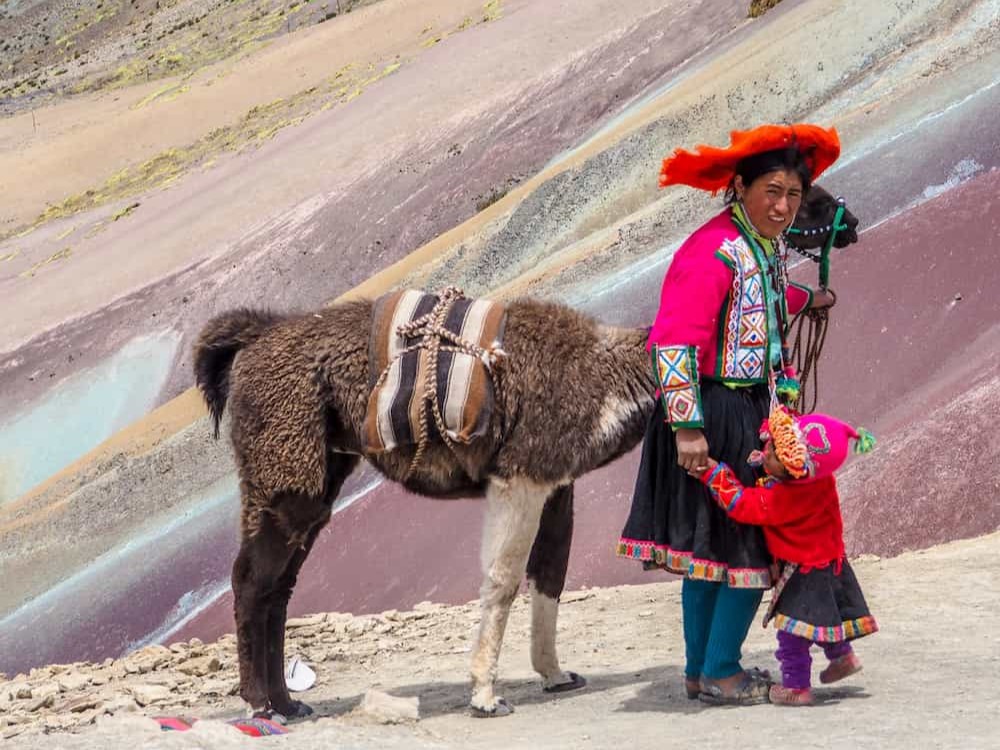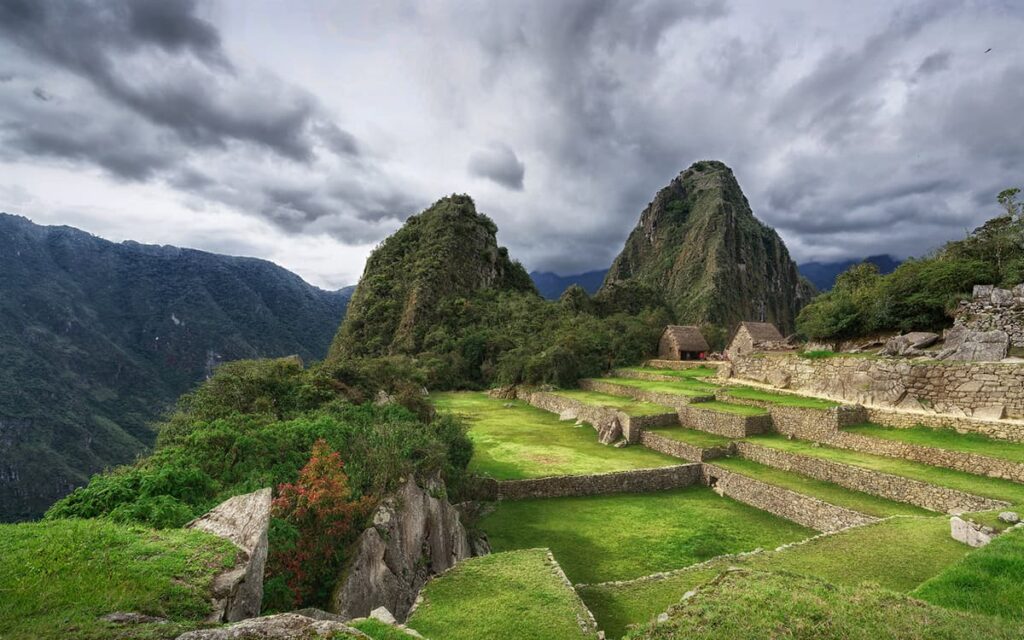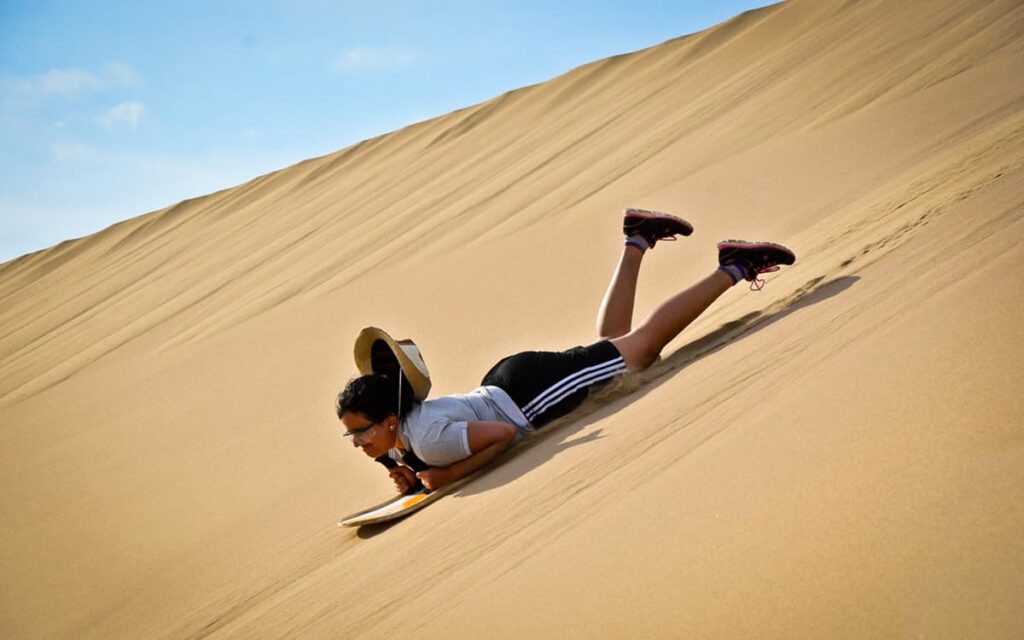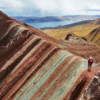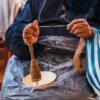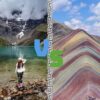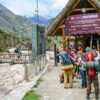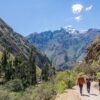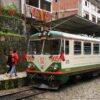Undoubtedly one of the most important controversies in recent years -related to the return of cultural heritage- was the one related to the Hiram Bingham collection of Machu Picchu. After tense contacts and frustrated agreements, the differences were finally resolved thanks to a technical and scientific cooperation agreement, as well as the opening of an ad hoc institution that is currently the depository of this complete collection, in addition to offering a wide range of contextualized display of it. This article makes a presentation of the Machu Picchu Museum Casa Concha in Cusco based on the fruit of this agreement, its most important projects and the institutional challenges for the future.
Location
Santa Catalina Ancha Street # 320
What is Casa Concha?
Very close to the Plaza Mayor of Cuzco is what was a classic manor house. Like many of the historic center, its foundations are built on what was left of the walls of the old Inca residences, preserved as they were useful to the new urban planning and Spanish architecture. Sections of walls, closed openings and niches located mainly towards the facades of the first floors of these mansions are testimonies of the ancient center and capital of the Incas (Bauer 2008: 211).
The Concha house is a beautiful example of Andean residential architecture during the first years of the Spanish conquest. It is located on Calle Santa Catalina Ancha No. 320. It has a total area of 2,373 m2. José Santiago Concha y Salvatierra, an important Creole magistrate during the viceroyalty, is identified as its first owner.
Its first owner -documented with precision- was Don José Santiago Concha y Salvatierra and even before its current restoration, it was occupied by the Police Nacional del Perú (Special Assault Unit), during which time the most notable modifications and deterioration of the property were carried out due to the function – quasi of a barracks – to which it was subjected. Its current colonial configuration and characteristics date from the late 18th century. Finally, it was declared National Heritage.
The house was built on the foundations of the palace of the Inca Túpac Yupanqui (son and successor of the famous Inca Pachacutec, the builder of Machu Picchu).
Its current configuration and characteristics date from the colony (18th century) and it is considered a national heritage of Peru.
Its construction began in 1710. It has murals, baroque-style balconies, carved in wood, squares, pools, and a series of rooms (up to 16) open to the public.
The internal walls of the house were profusely decorated with polychrome frescoes. For example, remains of his mural paintings representing still lifes loaded with fruits, birds and flowers can be seen in the passageway or chiflon that connects the first patio with the second and that date from the end of the 18th century; Likewise, representations of San Cristóbal and San Miguel Arcángel have survived (García 2013). The decorations rose to the ceiling, showing some fragments of the upper frieze that can be seen -on the walls below the arches- in the second courtyard, which is composed of flower pots linked by branches and leaves giving the impression of scrolls, it is curious to notice small human heads hidden among its foliage.
Description
This Machu Picchu Museum Casa Concha in Cusco is notable for its picturesque balconies, it was the residence of José de Santiago de Concha, a notable aristocrat during the early days of the conquest. One of his descendants, Martín Pío Concha, was the last governor of Spanish Cusco in the 19th century. At present it belongs to the San Antonio Abad University of Cusco and houses the archaeological pieces found by Hiram Bingham in Machu Picchu, recently brought from the United States.
Attractions
In the Machu Picchu Museum Casa Concha in Cusco there are 360 ??pieces of Machu Picchu returned by Yale University, which can be appreciated by Cusco residents and tourists. They also show, on pedestals and showcases in two rooms on the second level, the ceramic, lithic, metallic pieces and bone remains that were found in the excavations made in the Casa Concha and some of the Inca museum assets.
What is the permanent exhibition like at the Casa Concha museum?
Among the more than 360 pieces there are ceramic objects, lithics, tumis (knives), ribbons, tweezers, mirrors, aríbalos and construction tools.
The permanent exhibition is divided into 3 collections: a) Hiram Bingham collection, b) UNSAAC collection and c) Casa Concha collection.
Hiram Bingham Collection
The Hiram Bingham collection has several colored photos of the expedition made by the American explorer Hiram Bingham in Machu Picchu (1911).
The exhibition also includes educational models of the excavation process in Machu Picchu as well as interactive videos.
However, the greatest importance of the Hiram Bingham collection is the numerous ceramic, lithic and metallic objects such as the famous knife or ‘tumi’.
The exhibition also includes skeletal remains (a male between 23 and 25 years old).
UNSAAC Collection
The collection provided by the San Antonio Abad del Cusco National University (UNSAAC) includes objects found in the Casa Concha, former palace of the Inca Túpac Yupanqui.
Some rooms on the upper floors are also equipped for research by students and people interested in Machu Picchu.
Casa Concha Collection
The Casa Concha collection is an exhibition of architecture and wealth within the famous house where the museum is located.
The exhibition includes a collection of paintings from the colonial era as well as sculptures and pieces characteristic of the viceroyalty.
The Machu Picchu Artifacts
Yale University in the United States took around 100 years to return the artifacts extracted from Machu Picchu during excavations.
The Machu Picchu Artifacts returned are: ceramics, lithic pieces, metal pieces, decorative objects and bone remains.
In total, 366 good quality Machu Picchu Artifacts were returned and are already on display. There are also other pieces that are used for research on the lifestyle of the Incas of Machu Picchu.
At present, most of the Machu Picchu Artifacts can be seen in the Casa Concha Museum.
The mysteries of Machu Picchu
The Machu Picchu Museum Casa Concha in Cusco offers an excellent insight into life in the Inca city of Machu Picchu. However, there are still many questions to be discovered.
After the investigations it was concluded that Machu Picchu was built and occupied between 1450 and 1540, before being mysteriously abandoned.
Some objects found in Machu Picchu have the characteristics of distant regions of northern Peru. This would show that the Inca City had a more important role than simply being the resting house of the Inca ruler.
The skeletons found at Machu Picchu reveal no signs of hard work or violence, so life there must have been quiet. In addition there were people dedicated to basic activities such as: cooking, cleaning and knitting. The elite dedicated themselves to religious worship.
Schedule
Hours of operation: Monday to Saturday from 9:00 a.m. to 5:00 p.m.
Tickets:
- Foreigners: S / 20.00
- Nationals: S / 10.00
- Foreign students: S / 10.00
- National Students: S / 5.00
More information about the museums of Cusco
The Machu Picchu Museum Casa Concha in Cusco opened its doors on November 10, 2011. After a year it had already reached 70 thousand visits.
5 ships and 2 planes were necessary to repatriate the collection of objects from the United States to Peru. The move cost about $ 1 million.
A part of the objects returned to Peru by Yale University are in the Machu Picchu Site Museum ‘Manuel Chávez Ballón’.
Some of the museums that you can also visit in Cusco are: the Inca Museum, the Museum of Contemporary Art, the Pre-Columbian Art Museum, the Coricancha Museum, the Cathedral Museum and much more.
Visiting Cusco is a real adventure whose protagonist will be yourself, instead of a memorable experience, that is why Cusco is definitely one of the most incredible cities with a great variety of archaeological centers and tours such as Sacred Valley, Camino Inca or Machu Picchu. To enjoy an unforgettable experience, contact Inka Trail Backpacker, a company that will better assist you during your visit, of course it is always with the necessary advice for you and yours as well as the guarantee, responsibility and security that characterizes us. If you visit the city of Cusco another impressive destinations that you can visit are the tour to rainbow mountain peru or the humantay lake tour from cusco, which only takes one day. But if you are gonna to stay more days in Cusco, other archaeological places you can know will be the choquequirao trek peru, the salkantay trek to machu picchu, and the classic inca trail 4 days 3 nights.

